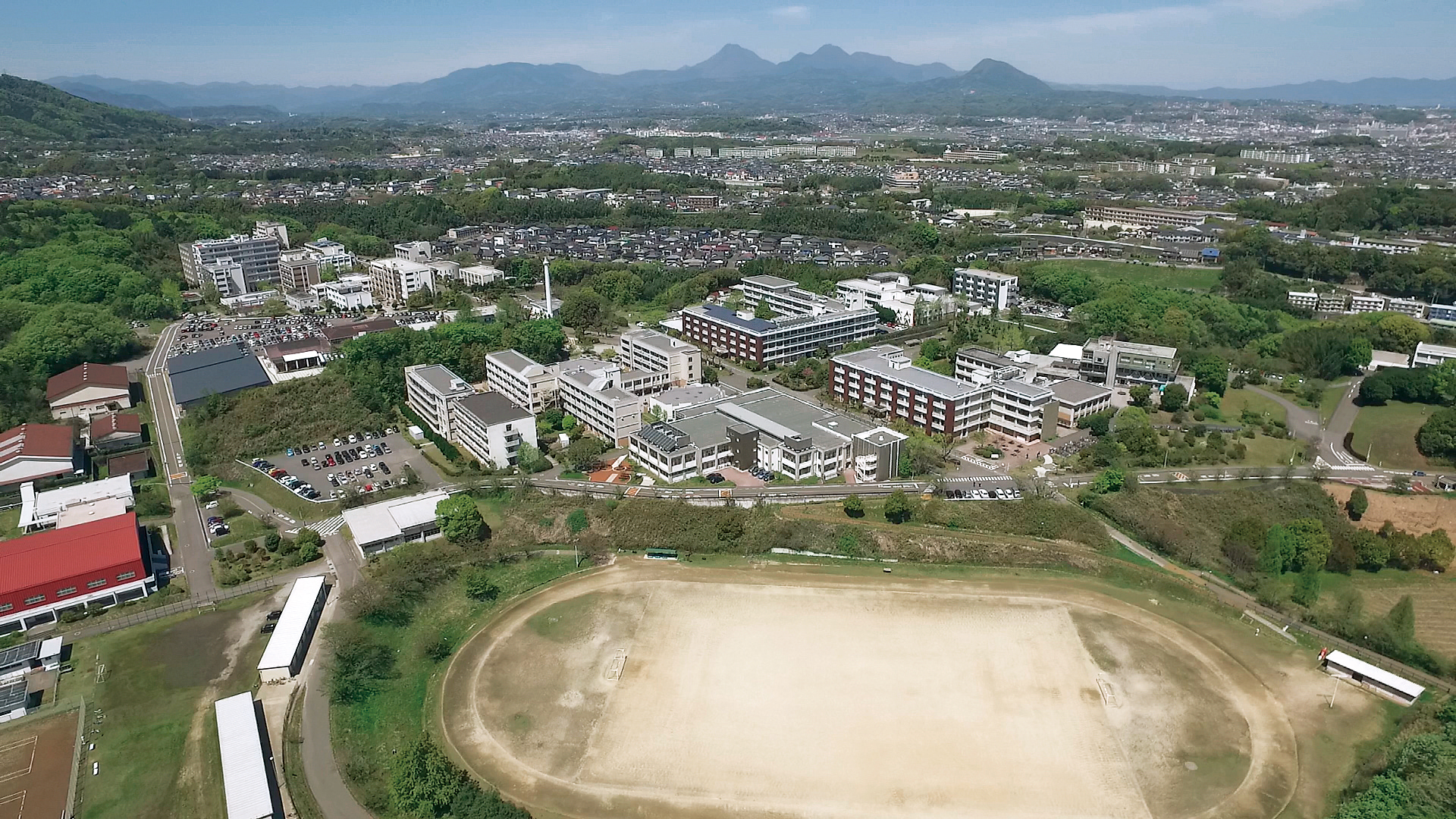The Cycle of Addiction: Understanding the Psychological and Physical Factors
Content
That moment of self-insight and self-awareness seems to be necessary for the person to seek help. There are specific substances that, once tried, may create a massive dependence on it that quitting may be next to impossible. This is because the urge to use the substance again stays in the system, and could lie dormant for long periods of time, and then come out when the person’s resistance to the urge is at its weakest. It should also be noted that just because it is called a “cycle,” which suggests a repetition of all the stages once the last stage is completed, it does not hold true for everyone to repeat the process all over again.
They start from when the substance is first tried out to the point where recovery appears to have been achieved, only to find out that the urge is simply too great. The Drug PersonalityThe drug personality develops though continued, chronic use. When taken as a whole, the following symptoms are strong indicators of addiction. The stages of the cycle of addiction can be matched up with some of the stages of the model of behavior change and its relationship to recovery. Our team of experienced professionals will work with you to create a personalized treatment plan that meets your unique needs and helps you reach your goals.
Psychological Dependence in Addiction
This is why there is an existing argument that dependence on medication immediately means an addiction, and this is also why the dependence stage is separate from the addiction stage in the addiction cycle. The trigger could also be a psychological need, particularly for those who experienced specific trauma that causes them great distress, much like post-traumatic stress disorder (PTSD). To people who cannot relate to the triggers, it will only seem like the user will grab on to any excuse to take drugs or alcohol.
The cycle of addiction is powerful, usually requiring outside interventions that include alcohol detox or drug detox and substance abuse treatment. The neurotransmitters serotonin and dopamine send messages choose the correct cycle of addiction. to the brain and the rest of the body. The altered brain chemistry essentially requires constant, repetitive exposure to the substance or action to function psychologically and physiologically.
Predatory and Unethical Substance Use Treatment Conference
This is the stage where a person who is still using reaches out to someone for help so they can stop the habit. For someone already in rehab, this is the stage where they admit to having urges once more, and seek further help from therapists to quell or remove the growing urge. By now, the brain and body of the user have become so reliant on the substance that the user believes the substance is essential to staying alive. This is, of course, an illusion because even as the user claims using the substance keeps them alive, it is actually slowly killing them. We create community for women seeking freedom from addiction, empowering them to thrive. However it was first introduced, whether through a new prescription to manage pain, or a peer group and a recreational use, this is the first phase of the addiction cycle.
There are many treatment options available that can remove a person from an unhealthy environment and provide professional medical advice to help them succeed. Support groups are also available to help people struggling with substance use disorder. The third stage of the addiction cycle is the preoccupation/anticipation stage. The signature of this phase is a preoccupation with using the substance, known as “cravings.” The prefrontal cortex (PFC) is the brain region primarily involved in the preoccupation/anticipation stage. The PFC is responsible for executive functioning, including the ability to plan events, manage tasks, and regulate thoughts, emotions, and impulses. Executive function is directly involved in the decision to use substances and can occasionally override strong urges to use a substance.
Treatment and Recovery Options
Individuals in this stage require comprehensive treatment and support to overcome addiction. It is important to provide them with access to appropriate resources and support systems. In order to delve into the stages of addiction and healing, it is essential to first have a solid understanding of addiction itself. This involves examining the definition of addiction and recognizing the complexity that lies beneath its surface.
With these individuals, the temporary improvement in negative feelings negatively reinforces substance use. Notably, positive and negative reinforcement can be related to social stimuli instead of the direct use of the substance. An https://ecosoberhouse.com/ example of positive social reinforcement is peer approval after peer pressure to try a substance. Similarly, individuals can undergo negative social reinforcement by removing social isolation, such as going to the bar for a drink.
Common Phases of the Addiction Cycle
At this stage, it becomes crucial to address the risky behaviors and provide individuals with appropriate treatment and support. The final stage of the addiction cycle is relapse, often occurring as the withdrawal symptoms become too overwhelming for the individual. In this phase, the person struggling with addiction and dependence once again seeks out the substance of choice to reclaim what they feel is a normal emotional and physical state.
- Compulsivity also drives the challenges individuals face in the addiction cycle when they attempt to decrease or abstain from substance use.
- Many young people are initiated into drug and alcohol use this way, as they are encouraged to try it out so that they could be with the crowd and not looked at as someone who could not be trusted.
- Addiction includes the development of tolerance combined with withdrawal symptoms.
- The decreased effects of natural rewards translate to decreased satisfaction in interpersonal relationships at work and home.



